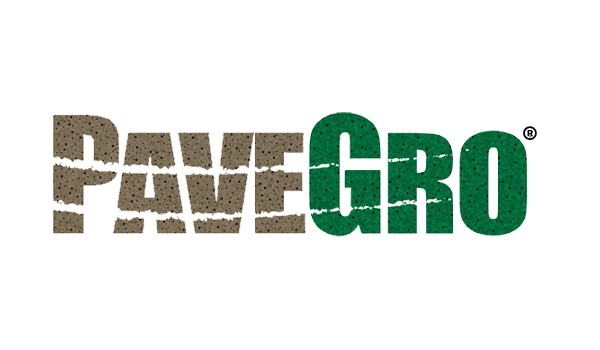Lightweight Aggregate Critical Solution for Green Infrastructure
As urban areas expand and the effects of climate change become increasingly apparent, the demand for sustainable construction materials is rising. Expanded shale, clay, and slate (ESCS) have emerged as a critical solution for green infrastructure, offering a unique blend of water management, plant support, and environmental sustainability. This lightweight aggregate is engineered to meet the demands of modern urban development, particularly in green roofs, bio-retention systems, and urban landscaping.
Here are just a few of the strengths and advantages of ESCS:
- Effective Water Management — ESCS excels in water retention and drainage, making it a valuable component in stormwater management systems. Its porous structure allows it to absorb excess water during heavy rainfall and release it gradually, reducing runoff and mitigating the risk of flooding. This feature is particularly beneficial in urban environments where impermeable surfaces often lead to water management challenges.
- Enhanced Plant Health — The aggregate’s ability to retain moisture while allowing for adequate root aeration promotes healthy plant growth. Whether used in green roofs or urban landscaping, ESCS provides an optimal growing environment, ensuring that plants receive the water and oxygen they need to thrive.
- Lightweight and Structurally Efficient — One of the key advantages of ESCS is its lightweight nature, which reduces the overall weight of green roofs and other installations. This allows for greater design flexibility and can lead to cost savings in structural engineering and construction.
- Sustainability — ESCS is produced using a low-energy process that minimizes environmental impact. Its use in green infrastructure also contributes to reducing the urban heat island effect, enhancing stormwater management, and promoting biodiversity in cities.
Notable Projects Featuring ESCS
ESCS has been successfully integrated into several high-profile projects across the United States, showcasing its versatility and effectiveness in real-world applications.
- Waterloo Park, Austin, Texas — Waterloo Park, an 11-acre green space in downtown Austin, is a prime example of urban renewal focused on sustainability and community. The park features a variety of landscapes, including lawns, gardens, and a creek. ESCS played a crucial role in the park’s bio-retention systems, helping to manage stormwater and support the lush vegetation that defines the park. By incorporating ESCS, the project team was able to create a resilient landscape that can handle the fluctuations in rainfall typical of central Texas while providing a green oasis in the heart of the city.
- Historic Live Oaks, New Orleans, Louisiana — The preservation and restoration of the historic live oaks in New Orleans required careful consideration of the trees’ health and the surrounding environment. These ancient oaks, some of which are hundreds of years old, are an iconic part of the city’s landscape. ESCS was used around the root zones of these trees to improve soil aeration and drainage, ensuring that the roots could access water without becoming waterlogged. This intervention has helped to prolong the life of these irreplaceable trees, allowing them to continue to thrive in the urban environment.
- Green Roof at Ponce City Market, Atlanta, Georgia — Ponce City Market a historic building in Atlanta repurposed into a mixed-use development, features a prominent green roof that spans over 2 acres. The green roof is a key element of the project’s sustainability strategy, providing insulation, reducing the urban heat island effect, and managing stormwater. ESCS was integral to the green roof system, offering a lightweight growing medium that supports the diverse plant life while minimizing the load on the building’s structure. The use of ESCS has helped to create a vibrant, sustainable rooftop space that enhances the building’s energy efficiency and contributes to the overall environmental goals of the project.
The Future of ESCS
ESCS is transforming the way we approach green infrastructure, offering a sustainable, efficient solution for urban landscapes. Its ability to manage water, support plant growth, and reduce structural loads makes it an indispensable material for modern construction projects. The successful integration of ESCS in projects like Waterloo Park, the historic live oaks in New Orleans, and the green roof at Ponce City Market highlight its versatility and effectiveness.
As cities continue to grow and the need for sustainable infrastructure becomes more urgent, ESCS will play an increasingly important role in creating resilient, green urban environments. By choosing ESCS aggregates, architects, engineers, and developers can ensure that their projects not only meet current environmental standards but also contribute to a more sustainable future.













